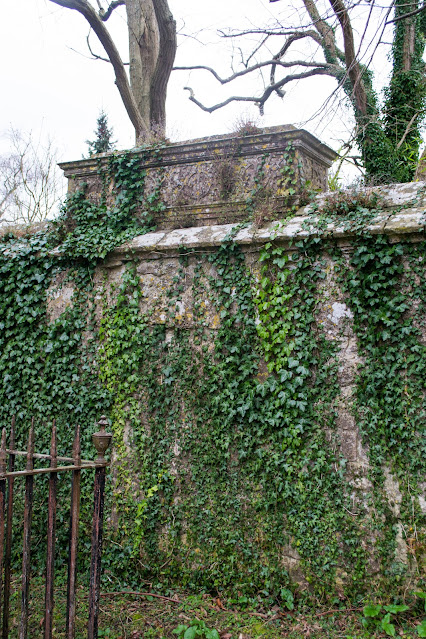P is for Proclamations, Poems, Pumps and Photosynthesis
I'll start with the dialect words starting with P. Do you know what plenty means? What is a popple-stone? Do you know what pucker means? I'll show the answers at the end of this post.
********************
We are back in Calne today, about 17 miles north east of Trowbridge. Today we are starting in the centre of the town, next to the Parish Church of St Mary the Virgin which was built on the site of an earlier Saxon Minster. By the eastern entrance to the churchyard are these steps ...
... they are known as Proclamation Steps. The reason for the name is explained on a blue heritage plaque.
The plaque states that 'from time immemorial Royal Proclamations have been read to the townspeople from these steps'. This gives an insight into the lives of ordinary people back in our history - many were illiterate and would not have been able to read the written Proclamations which were pinned to the church doors.
In 17th century the route taken to transport plague victims to the burial pits ran past these steps.
In 17th century the route taken to transport plague victims to the burial pits ran past these steps.
********************
Moving on to poems ... the poet, Samuel Taylor Coleridge, moved to Calne to live in this house with his friends in 1815.
 |
| Bentley House, Church Street © Copyright Miss Steel and licensed for reuse under this Creative Commons Licence |
This is the period when he was working on the 'Biographia Literaria'. He suffered from depression and began to take opium to help overcome this. Unfortunately, he became addicted to the opium and there is a story about his demands for the drug, which were so excessive that the chemists in Calne either ran out of opium or refused to supply him with any more and he had to send to Devizes for additional supplies!
*******************
Outside Marden House you can still see the old Bath Road Pump which is reputed to have been installed at the instigation of Beau Nash. This was on the main coaching road between London and Bath and the pump was used to fetch water to refresh the horses and damp down the dust on the road.
*******************
And on to photosynthesis ... in the 1790s the Dutch scientist, Jan Ingenhousz, lived in this house (the one with the blue plaque) in Church Street, Calne.
In 1779 he was credited as the discoverer of photosynthesis when he discovered that light is essential to plant respiration and that the gas plants produce in light is oxygen. As with Joseph Priestley, Ingenhouzen was also associated with the Earl of Shelburne at Bowood House.
Ingenhouzen died in Calne in 1799 and is buried in the Church of St Mary the Virgin, shown on the right of the photograph above.
 |
| Church Street, Calne © Copyright Brian Robert Marshall and licensed for reuse under this Creative Commons Licence |
Ingenhouzen died in Calne in 1799 and is buried in the Church of St Mary the Virgin, shown on the right of the photograph above.
********************
The answers to the dialect words are:
- plenty - quite
- popple-stone - a pebble
- pucker - dilemma
I'll be back tomorrow with the letter Q.





As ever you are a fount of information. I so enjoy your posts.
ReplyDeleteShould that have font of information?
ReplyDeleteLove these guided tours. Weren't so many creative people suffering from some kind of mental or emotional affliction, and drugs often played a part in their creativity (or killed them too soon). You are giving us so much to write about in the future with all these deliciously new words and meanings. I'm not a fiction writer, but I will find ways to use some of these (with full credit to you for introducing me to them, of course!). I love popple-stone :-)
ReplyDelete